La Niña is Coming—How Inspectors Can Find Problem Areas Before the Season Strikes
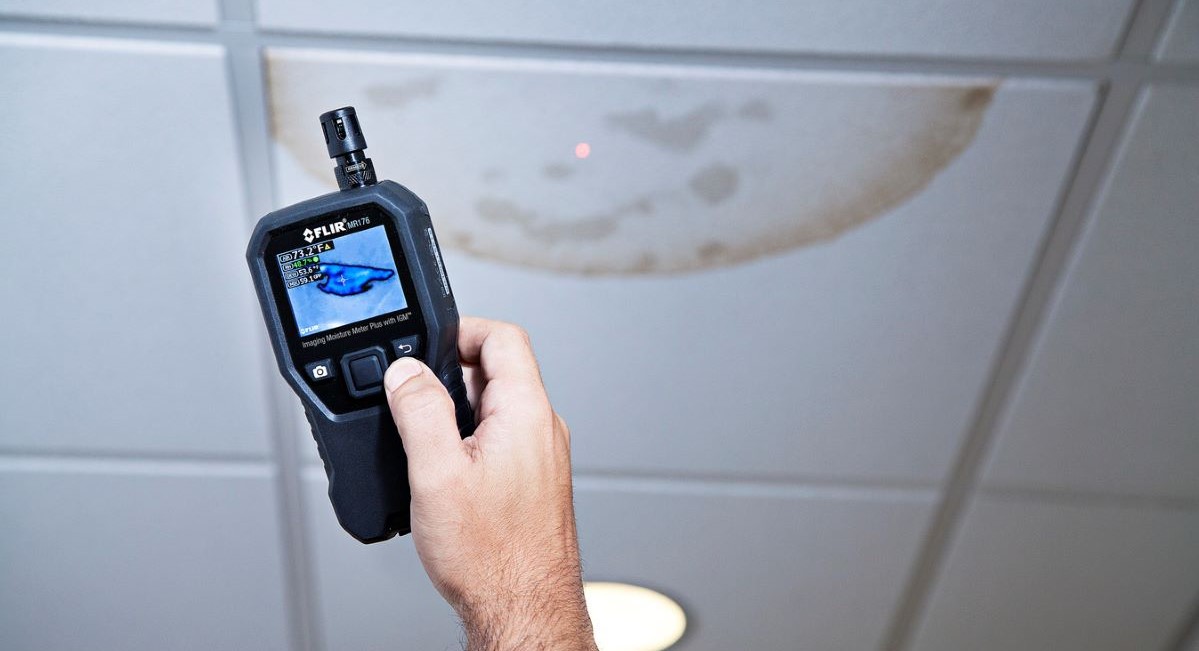
If you haven't been paying attention to your local weather station, you may not know that we’re due for a La Niña season. Those in the Northern US and Canada will be in for heavy rain and maybe even flooding while those in the southern US will continue to experience drought-like conditions. Whether you're staying warm and dry or keeping cool, you’ll want your home sealed up this season. HomeAdvisor claims the average household pays around $1500 in heating bills to maintain comfortable temperatures. Considering sealing can save up to 20% on energy bills, we put this guide together so inspectors can be ready to find any leaks in their client’s homes and save them money before La Niña season gets here.
Stripping and Insulation
Let’s start with air leaks; look for them anywhere hot air would escape or cold air would get in. If you’re using a thermal camera like the FLIR C5, you’ll want to start by making sure there’s at least a 10°C (18°F) difference between inside and outside temperatures. Heat usually escapes around doors, windows, attics, and electrical outlets as stripping materials tend to shrink in the cold.
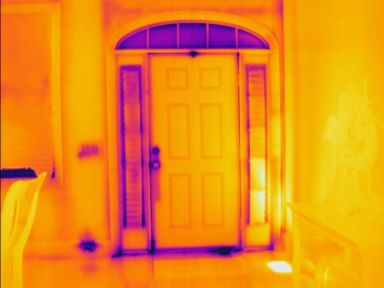
Next, you’ll want to check for any missing insulation as behind-the-wall leaks comprise 10-20% of home energy loss. Not only can missing insulation cause higher energy bills, it can lead to mold and even ice build ups behind walls. The most common areas of missing insulation tend to be around outlets, switches, unfinished garages, and the edges of attics where the wall meets the roof.
Water Leaks
You’ll now want to check for any existing or potential water damage as these can lead to catastrophic damage during storm season. There are a few obvious signs of water damage you’ll want to look for first like condensation around windows, doors, and plumbing, moldy smells, and crusting or powdery buildup around any concrete. We can't always use our eyes alone though as water damage can hide behind drywall, along windowsills, and across subfloors. We recommend you have either a pin or pinless moisture meter as they offer quantifiable readings in hidden places.
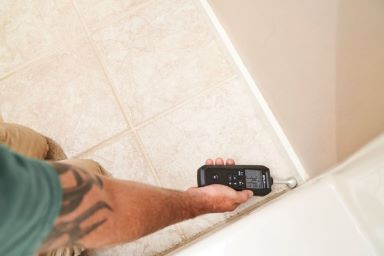
Checking the HVAC
Whether it’s from a bad installation or just lifetime wear and tear, we’ll want to check a home’s various HVAC systems for any possible malfunction. One common HVAC problem you want to rule out is condensate overflow. Condensate pans can overflow and leak fluid onto ceilings as dust or mineral impurities build up, causing excess heat loss from water damage.
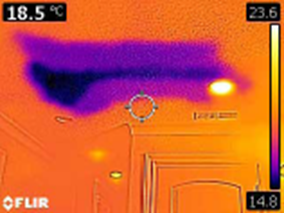
Other common problems you’ll want to check for are loose electrical connections, misaligned air ducts, and clogged air filters. You’ll also want to double check the thermostat and make sure it isn’t installed too closely to an outlet or light switch. The heat generated from these two sources can be enough to cause higher readings on a thermostat.
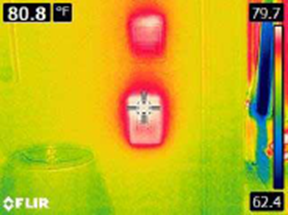
There are a number of possibilities why your client might not be ready for the winter this year. By checking for worn stripping, potential water damage, or faulty HVAC, you’ll be sure to keep your customers warm.
Does checking all of these seem too time consuming? Learn how thermal imaging can speed up this process by reading our article here!